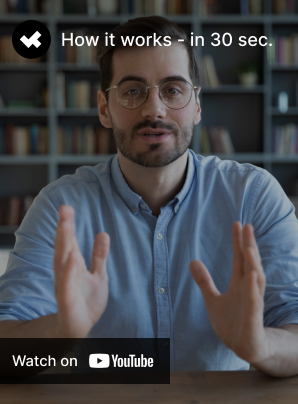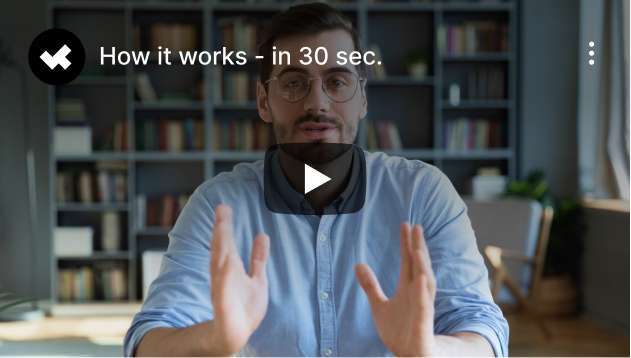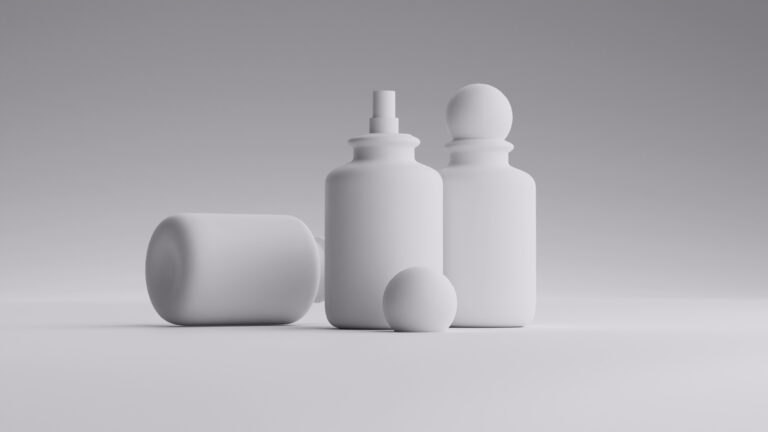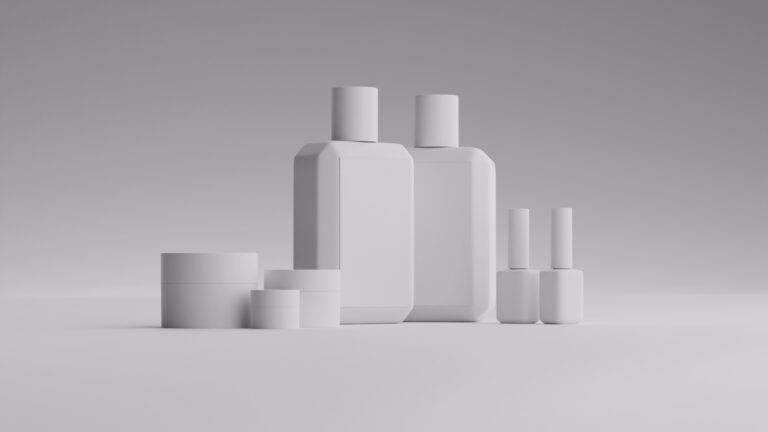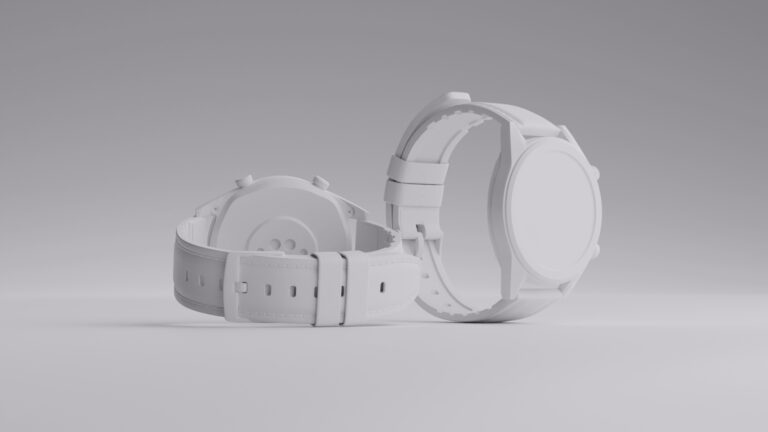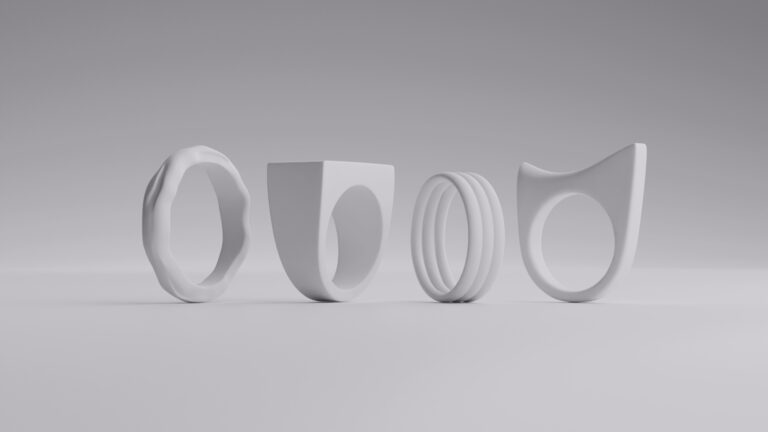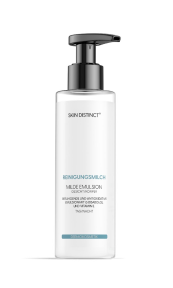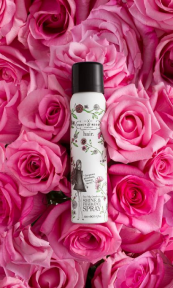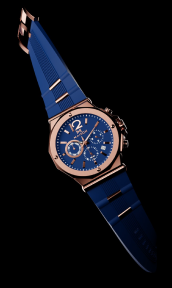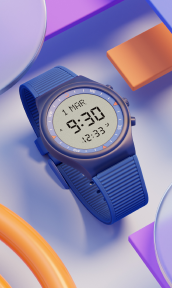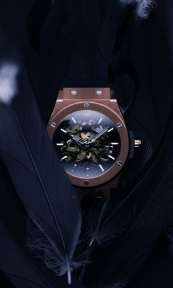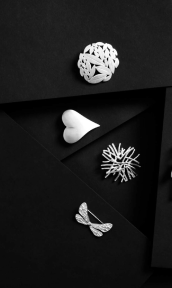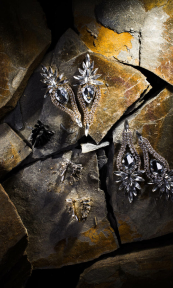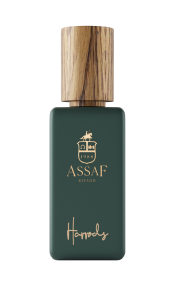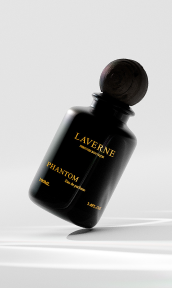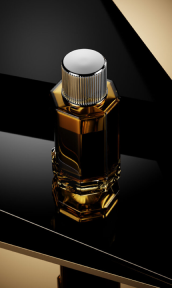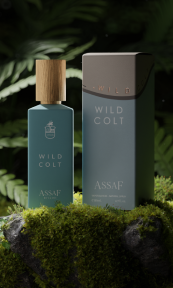It’s 2025, and AI product photography is no longer a novelty but a serious contender in the e-commerce visuals game. Whether you’re browsing social media, scrolling through an online store, or getting hit with a TikTok ad, chances are you’ve already seen dozens of AI-generated product photos without even realizing it.
That’s because the tech has gotten good… scary good. Tools like Claid, Blend, and even Adobe’s built-in AI now churn out clean, clickable product shots in minutes. But before you swap your entire photoshoot budget for a few prompts and presets, let’s zoom in on what AI photography actually offers… and where it might leave your brand a little blurry.
Below, we’ll break down the pros and cons of AI product photography in 2025, help you spot where it shines, where it stumbles, and whether it’s the right fit for your e-commerce business.
AI vs. Human Photography Decision Helper
The advantages of AI product photography: fast, cheap, and flexible

AI product photography is built for speed and scale.
In a world where you’re expected to launch 10 new products, run 5 A/B tests, update your Amazon listings, prep your holiday catalog, and still show up on Instagram every day, AI can be more than a shortcut. It can be a lifeline.
Traditional photography just can’t keep up with the pace of modern e-commerce. Booking a shoot, styling the scene, waiting for edits — it can take weeks to get a single hero shot. Meanwhile, your marketing team’s already onto the next campaign, your SEO strategist is asking for optimized alt-texts, and your dev team needs cropped thumbnails yesterday.
With AI, you can move at the speed of your business. Upload a product image, choose a vibe (minimalist, moody, lifestyle, futuristic), and within minutes, you’ve got a dozen usable shots for email headers, carousel ads, TikTok thumbnails, and beyond. You can even tailor variations by season — pumpkin-toned flat lays for fall, crisp whites for winter, bright citrusy scenes for spring — all without moving your product an inch.
It’s especially powerful for brands in fast fashion, seasonal cosmetics, or viral TikTok drops, where timing makes or breaks revenue. AI makes it possible to test product-market fit visually, swap out imagery based on trends, and pivot when a certain look isn’t converting. It’s not just fast. It’s smart, flexible, and deeply integrated with how e-commerce runs today.
It cuts down production costs
For small and medium businesses, AI-generated photography eliminates the need for renting studios, hiring talent, and coordinating shoots. You can create a whole product gallery for the price of one traditional session.
This is especially helpful in niches like perfume or skincare, where bottles look nearly identical but need dozens of aesthetic variations (moody, minimal, floral, luxe). AI lets you tweak the vibe without reshooting everything. Some brands are saving up to 70% on visual content creation just by integrating AI into their workflow.
It scales with your growth (and your customer’s expectations)
AI doesn’t just move fast — it multiplies. Once you’ve uploaded or modeled your product, you can generate an entire catalog of variations without lifting a finger. Want that necklace on a velvet pillow, a sandy beach, a marble slab, and a neon background? No need to reshoot — just regenerate.
This kind of scalability is priceless for direct-to-consumer brands that offer personalized products — like custom-engraved jewelry, phone cases, or makeup shades. Instead of photographing every nameplate or lipstick tone by hand, AI can render each variation dynamically. The result? Customers can see exactly what their order will look like, and your team avoids hundreds of hours in production.
As your product range grows, AI grows with you. Whether you’re launching three new SKUs or thirty, your visual content won’t bottleneck your timeline but it’ll keep pace with it.
Conclusion
If you’re in a fast-paced, visually driven industry and want to churn out high-volume content with fewer resources, AI product photography is a solid option. It works best when you need speed, savings, and scalability… and you’re okay with sacrificing a bit of realism or artistry in the process.
The challenges: accuracy, realism, and brand control

AI photography isn’t flawless, and in 2025, the cracks are starting to show. As good as it looks in previews, there are still issues with detail, context, and control that can mess with your brand’s credibility.
It struggles with physical accuracy
AI doesn’t know what your product feels like, weighs, or looks like from all angles. It guesses based on similar items in its training data. That’s fine for generic scenes, but risky for homeware or functional gear like blenders, kettles, or lamps, where shape and size matter.
In fact, some AI tools have been known to distort proportions or add non-existent buttons and features. This isn’t just annoying. It can mislead customers and increase returns. For high-conversion pages, authenticity still wins.
It sometimes gets textures and reflections wrong
Jewelry and cosmetics are notoriously tricky. Gold needs to glint, gloss needs to glow, and crystal bottles need to reflect light just right. But AI-generated visuals often fall flat here, either looking too matte or too plasticky.
This can make luxury products look… well, cheap. Your rose gold necklace might turn orange, and your fancy serum bottle might have a weird, warped label. These little misfires can erode trust, especially with high-ticket or giftable items.
It limits creative control
AI tools work from prompts and presets. That’s great for bulk output, but frustrating when you want to curate a unique brand vibe. Maybe you want soft morning light, specific angles, or lifestyle shots with real hands. AI often can’t deliver on those fine-tuned creative directions… or at least not without lots of fiddling.
And let’s not forget consistency. Your AI images from May might look totally different from your July batch, even if they’re of the same product. Without careful art direction, your catalog can start to feel like a patchwork quilt.
Conclusion
AI product photography is fast and impressive, until you need it to be precise, luxurious, or perfectly on-brand. If realism, detail, and creative consistency matter to your audience, tread carefully. The tech is helpful, but it’s not a set-it-and-forget-it magic wand.
The learning curve: why AI still needs a human touch

Using AI in product photography sounds simple, but doing it well takes skill. In 2025, brands are learning that while AI tools are easy to access, they’re not always easy to master.
You still need editing and prompt skills
AI tools rely on solid inputs. If your prompt is vague, you’ll get a vague image. And if your original photo is bad, no algorithm can fully save it. That means someone on your team needs to understand not just how to use the tool, but how to direct it, clean up mistakes, and polish the results in Photoshop or Lightroom.
This is especially true for multi-surface products, like a pair of glossy shoes with fabric detailing. One element may look great, while another comes out smudged or pixelated. A designer has to step in and fix it, and that’s time and money you were looking to save by using AI in the first place.
You need good taste and visual branding
AI might generate 50 versions of your perfume bottle in different settings, but which one actually sells the fantasy your brand promises? Choosing the right image, tweaking the saturation, and cropping it just right — that’s, again, a job for a creative human.
Without a strong brand voice or style guide, AI images can start to look generic. Your audience won’t remember you for “yet another blush-toned flat lay with eucalyptus leaves.” You’ll need to curate carefully and inject your unique identity.
There’s a risk of legal and ethical missteps
AI image generation can pull from massive datasets that sometimes include copyrighted or misused content. While platforms are getting better about this, it’s still a murky area. If your AI-generated image includes a background element (like a sofa or vase) that’s too close to a real brand or photographer’s work, you might run into trouble.
This is especially important in ads, press kits, and packaging, where visual authenticity is crucial. Some retailers have already pulled campaigns over AI misuse.
Conclusion
AI product photography is not totally plug-and-play. If you’re going the DIY route, be ready to upskill in prompt writing, editing, and visual strategy. And if you’re outsourcing? Make sure your partner understands your brand inside and out.
When to use CGI instead: realism, animation, and total control

If AI-generated images feel too unpredictable, CGI might be your dream solution. Computer-generated imagery isn’t new, but in 2025, it’s having a major glow-up in product photography.
CGI gives you complete visual control
Unlike AI, which guesses and blends based on existing images, CGI builds everything from scratch. That means every pixel — the shadows, the reflections, the curves — is yours to control.
This is gold for high-detail products like diamond rings, luxury watches, or skincare tubes where the packaging design matters. Want your logo to catch the light just so? Want to zoom in to show the texture of a serum drop? CGI can do that every time, with pixel-perfect consistency.
You can create videos, 360° spins, and more
AI-generated stills are static. CGI can move. If you need a product video, 360° spin, or an animated ad, you’ll want CGI, no question. You can script an entire product experience in virtual space, with camera pans, closeups, and transitions that show off every angle. Today, customers are expecting to be entertained by ads, so movement will always be a big plus.
Even better, you can reuse the same 3D asset across your website, e-commerce listings, social media, and print. That’s long-term brand consistency, without needing a full shoot every time.
It’s safe, legal, and brand-proof
CGI doesn’t borrow from anyone’s photo library. Everything is built custom — no scraping, no surprises. Brands with strict visual guidelines (think cosmetics, tech, or anything FDA-regulated) often prefer CGI for this reason alone.
And with global teams and drop-shipping warehouses, CGI is a brilliant solution when physical samples are delayed. You can launch visually, even if the product hasn’t landed yet.
Practical tips: choosing between AI and CGI
If you’re trying to decide where to invest, ask yourself these questions:
- Do I need quick content for social or testing? → AI can help.
- Do I need crystal-clear detail and perfect product realism? → Go CGI.
- Do I need animation or 3D visuals? → Definitely CGI.
- Do I want to experiment with looks and styles fast? → AI’s your tool.
- Do I care deeply about brand consistency and legal safety? → CGI wins.
And if you want expert-level visuals without the guesswork, that’s where Welpix comes in. Every CGI visual we produce is tailored to your product, your vibe, and your customers’ expectations. From sparkling earrings to sleek smart home gear, we build your brand in pixels — beautifully, legally, and reliably. Get in touch with us today, and we’ll take it from there.
Wrapping up
AI product photography in 2025 is faster, cheaper, and more accessible than ever, but it still comes with quirks. It’s great for quick marketing tests, large-scale e-commerce listings, and low-stakes visuals. But when you need realism, luxury, animation, or absolute control, CGI steps up as the more polished solution.
Your visuals are the handshake between your product and your customer. Whether you go AI, CGI, or a combo of both, the key is staying intentional, strategic, and visually sharp. And if you need help? You know where to find us.
FAQ
What is AI product photography?
AI product photography refers to the use of artificial intelligence tools to generate or enhance product images for marketing and e-commerce. It can simulate lighting, add backdrops, and even generate realistic product visuals without a traditional photoshoot.
What are the advantages of AI product photography?
The main perks are speed, affordability, and scalability. You can create multiple image variations quickly and at a fraction of the cost of a studio shoot.
What are the disadvantages of AI photography?
AI can struggle with realism, especially for reflective or textured products. It also requires some skill to use properly and may raise legal concerns if improperly sourced content is involved.
When should I use CGI instead of AI?
Use CGI when you need hyper-realistic images, 3D animation, or tight visual control. It’s perfect for luxury goods, tech products, and regulated industries.
Can I combine AI and CGI in my product photography strategy?
Absolutely. Many brands use AI for social or testing content and rely on CGI for flagship visuals. It’s about using the right tool for the right job — and making sure your brand always looks its best.






